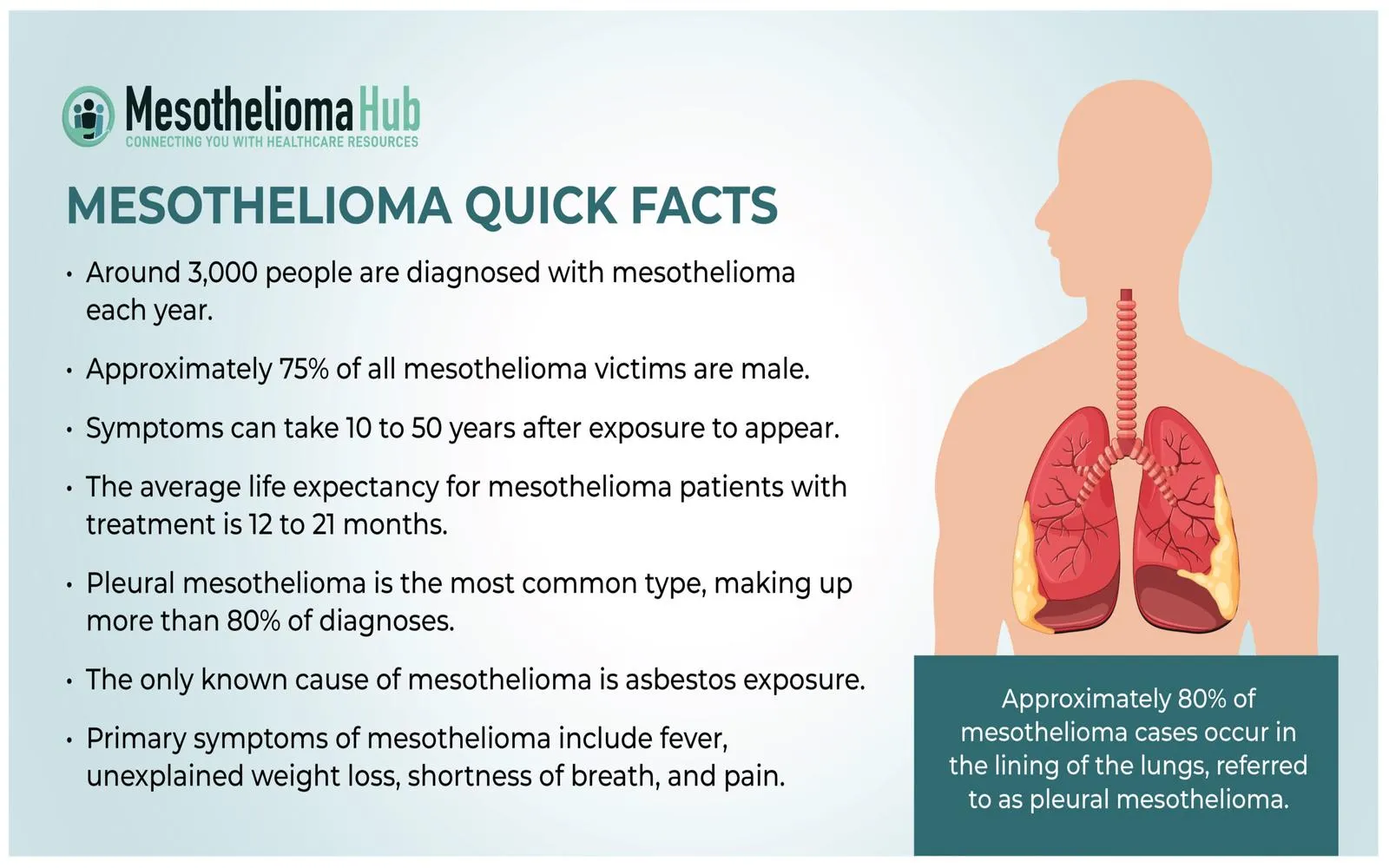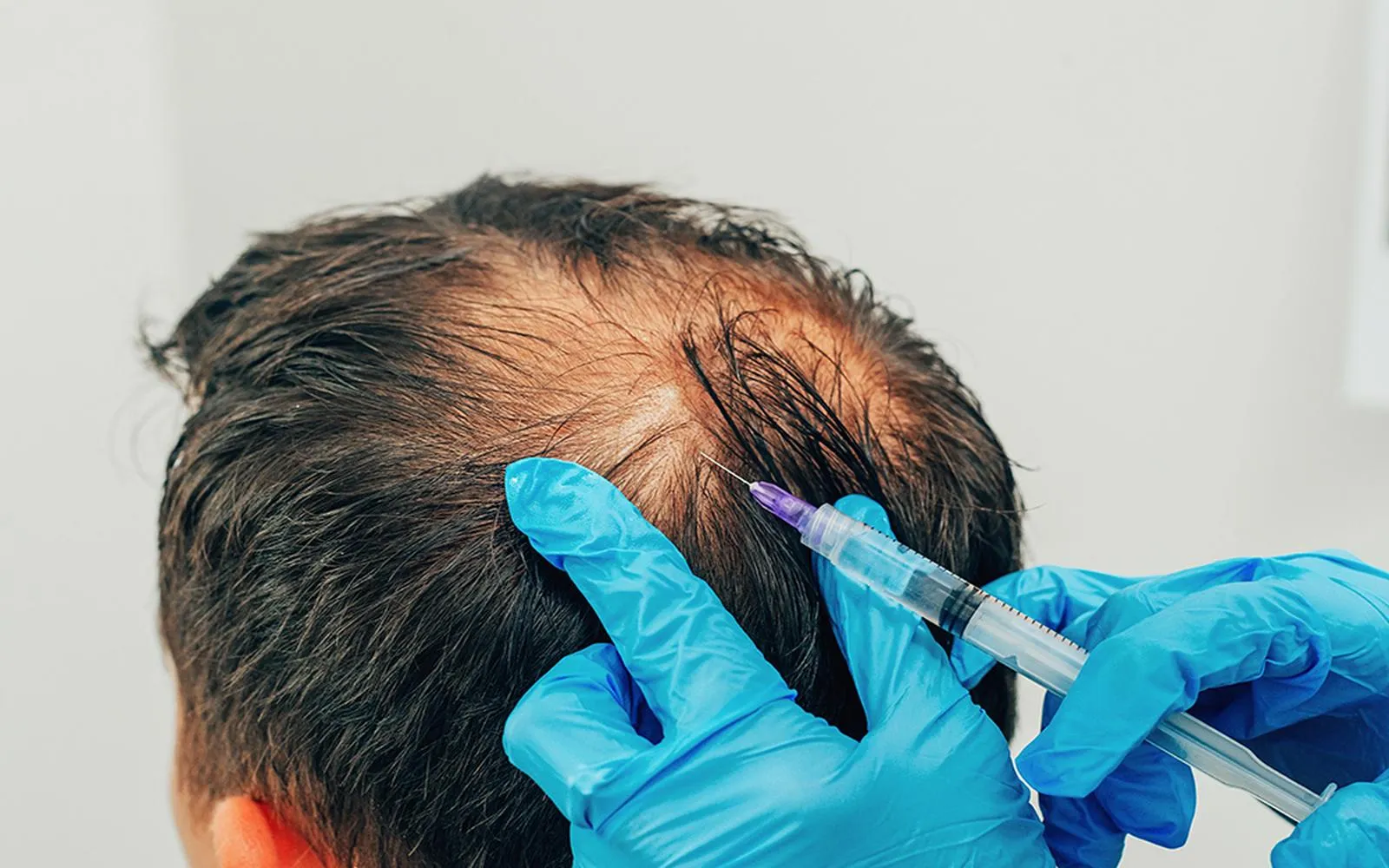Understanding Psoriasis: A Brief Overview
Psoriasis is a chronic autoimmune condition that primarily affects the skin, causing red, flaky patches covered with silvery scales. It can affect any part of the body but is most commonly found on the elbows, knees, scalp, and lower back. The impact of psoriasis can extend beyond the skin, influencing mental health and quality of life. Understanding effective therapies is crucial for managing symptoms and improving overall well-being.
Common Types of Psoriasis Therapies
When it comes to treating psoriasis, various therapies are available, categorized into three main types: topical treatments, systemic medications, and phototherapy. Each type has its own set of benefits and considerations. Below is a chart summarizing these therapies:
| Type of Therapy | Description | Effectiveness | Considerations |
|---|---|---|---|
| Topical Treatments | Creams and ointments applied directly to the skin. | Effective for mild to moderate psoriasis. | May cause skin irritation; requires consistent application. |
| Systemic Medications | Oral or injectable medications that affect the entire body. | Effective for moderate to severe psoriasis. | Can have significant side effects; requires monitoring. |
| Phototherapy | Controlled exposure to ultraviolet light. | Effective in reducing symptoms, especially in combination with other treatments. | Requires multiple sessions; may not be suitable for everyone. |
Topical Treatments: What Works Best?
Topical treatments are often the first line of defense against psoriasis. They include corticosteroids, vitamin D analogues, retinoids, and calcineurin inhibitors. Corticosteroids are among the most commonly prescribed due to their anti-inflammatory properties. However, long-term use can lead to skin thinning. Vitamin D analogues are effective in slowing skin cell growth and can be used alongside corticosteroids to enhance effectiveness.
Retinoids, derived from vitamin A, are beneficial for their ability to reduce inflammation and normalize skin cell production. Calcineurin inhibitors, such as tacrolimus and pimecrolimus, are non-steroidal and are particularly useful for sensitive areas like the face and skin folds.
Systemic Medications: A Deeper Approach
For moderate to severe psoriasis, systemic medications may be necessary. These include traditional options such as methotrexate and cyclosporine, as well as newer biologic drugs that target specific parts of the immune system. Biologics like adalimumab, etanercept, and ustekinumab have shown significant efficacy in clinical trials, often leading to substantial improvements in skin clearance and quality of life. However, they require regular administration and monitoring for potential side effects.
While systemic therapies can be highly effective, they are not without risks. Patients may experience side effects ranging from mild to severe, including increased susceptibility to infections and potential liver damage. Therefore, close monitoring by healthcare providers is essential.
Phototherapy: Harnessing the Power of Light
Phototherapy is another effective treatment option for psoriasis. It involves exposing the skin to ultraviolet (UV) light under medical supervision. Narrowband UVB therapy is particularly popular due to its effectiveness and lower risk of skin damage compared to broad-spectrum UV light. Phototherapy can lead to significant improvements, especially for patients who do not respond well to topical treatments or systemic medications.
However, phototherapy requires multiple sessions, which can be time-consuming and may not be easily accessible for everyone. Additionally, not all patients are suitable candidates for this treatment, particularly those with a history of skin cancer or certain skin conditions.
What’s Not Effective: Common Misconceptions
While exploring psoriasis therapies, it’s important to recognize what may not be effective. Some patients may turn to alternative treatments such as herbal remedies, dietary supplements, or extreme diets in hopes of finding relief. However, there is limited scientific evidence supporting the efficacy of these approaches. Furthermore, some alternative treatments can interact with conventional medications, leading to adverse effects.
Additionally, over-the-counter products that claim to treat psoriasis may not provide the desired results and can sometimes worsen symptoms. It is always advisable to consult with a healthcare professional before starting any new treatment regimen.
Conclusion: Personalized Treatment Plans
Managing psoriasis requires a personalized approach, as individual responses to treatments can vary significantly. It is essential for patients to work closely with their healthcare providers to determine the most effective therapies based on the severity of their condition, treatment history, and personal preferences. By exploring effective psoriasis therapies and understanding what works best, patients can take control of their skin treatment journey and improve their quality of life.
In summary, while there are effective therapies available for psoriasis, it is crucial to differentiate between what is effective and what is not. With a combination of the right treatments and ongoing support, individuals can manage their symptoms and lead fulfilling lives.









